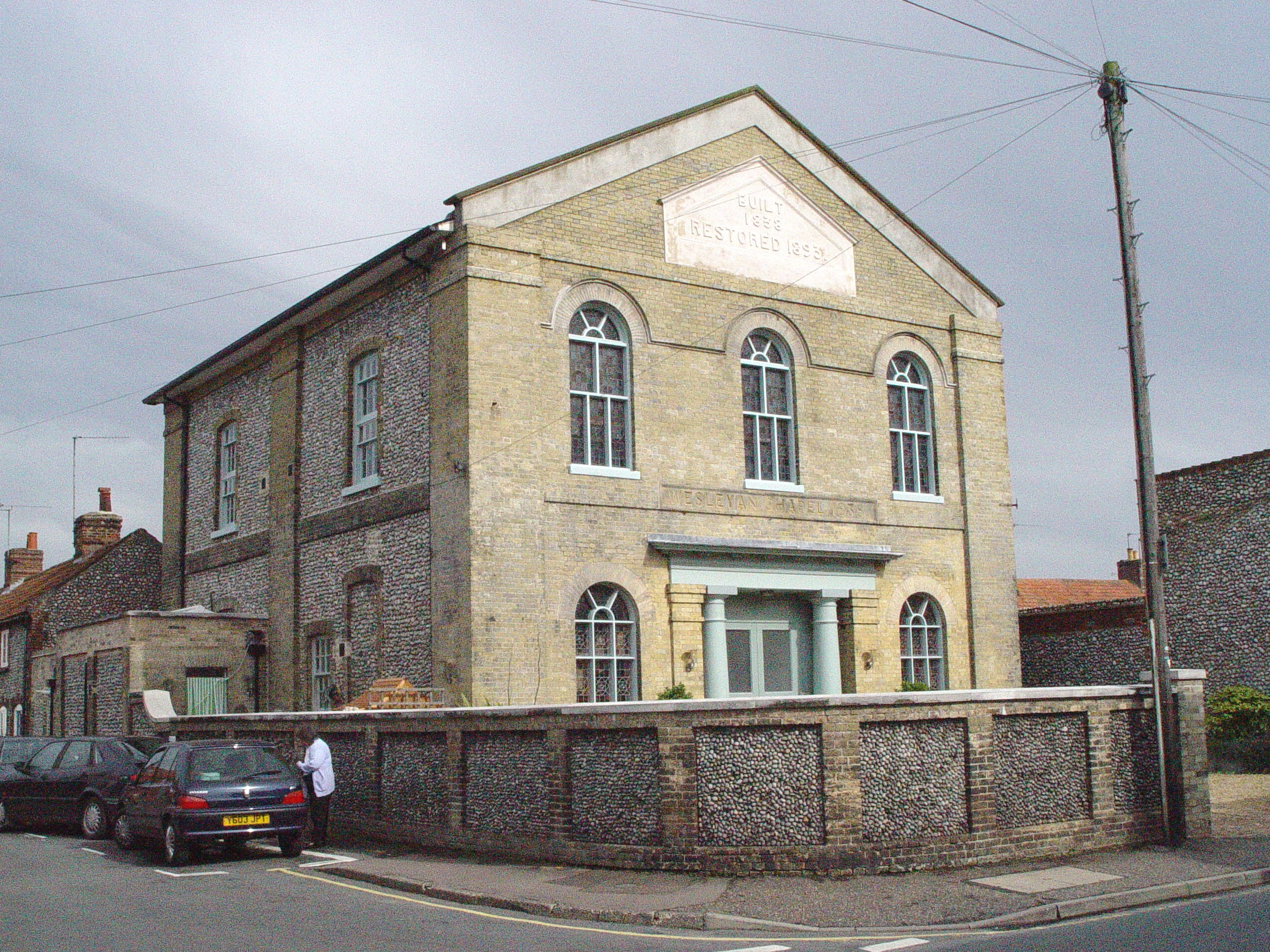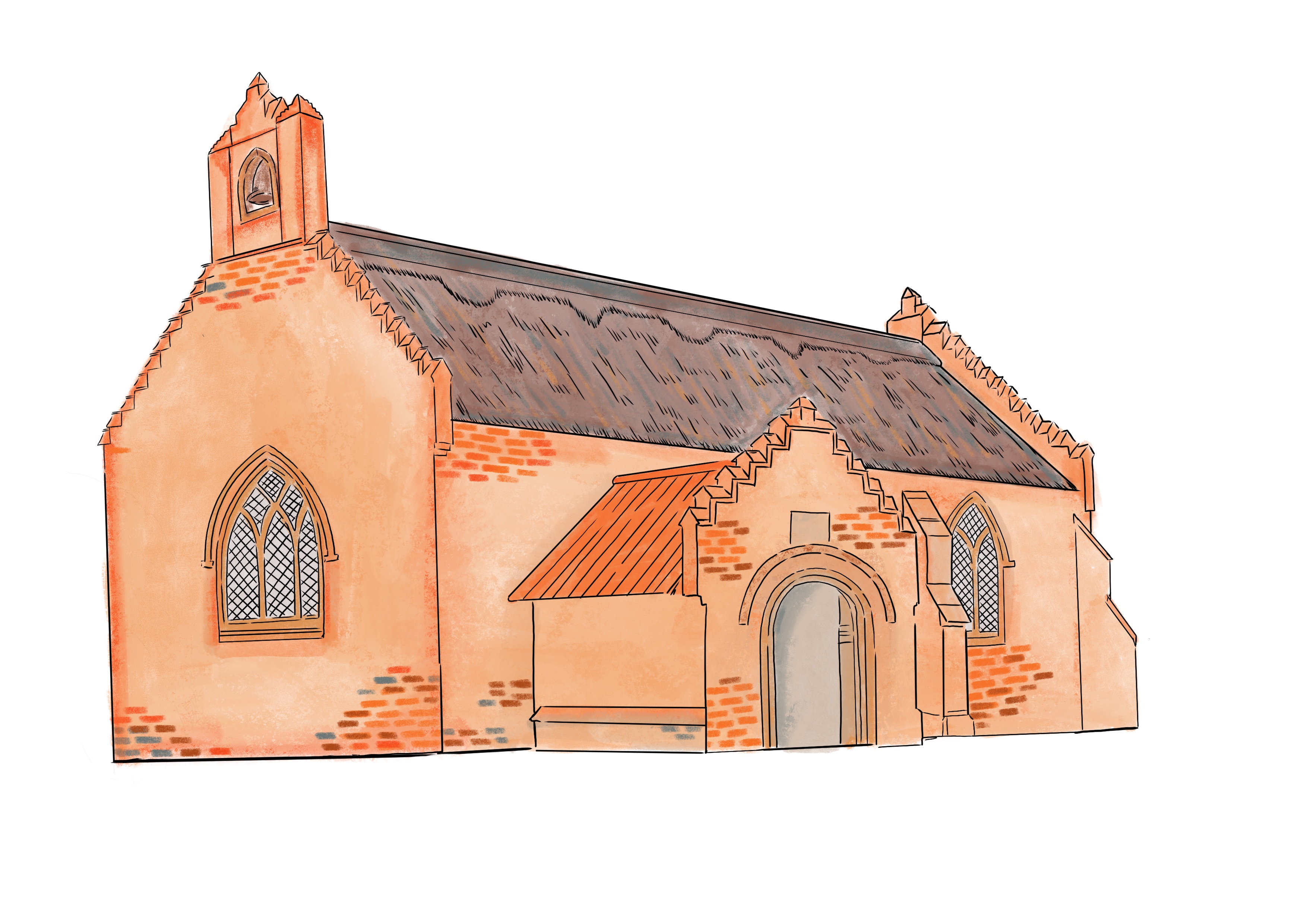Although less prevalent than agricultural buildings, there are a range of community and commercial buildings which play a major role in defining our social and industrial history. Whether they are formal architectural compositions, or simple vernacular structures, buildings like chapels, halls, schools and mills formerly played pivotal roles in serving and supporting local communities. Given they also help in defining our social history, it is imperative that attempts are made to find sympathetic uses when these buildings become redundant.
Unfortunately, due to the distinctive nature of many of these structures, re-use can present its own design challenges. Consequently, instead of looking to provide standard accommodation in these buildings, conversion solutions often need to be creatively tailored to ensure sensitive results. As with agricultural buildings, this involves utilising existing openings and features where practical, whilst avoiding incompatible additions.
Example 3: Chapels
The defining characteristics:
- Formal architectural compositions usually based on classical proportions and a simple rectangular footprint.
- Large, full height sash windows sometimes with stained/etched glass under rubbed brick voussoir arches.
- Uninterrupted pitched or hipped roofs sometimes finished in black glazed pantiles.
- Open interiors sometimes with mezzanine floors, ecclesiastical screens and fixed memorials present.
A successful conversion would therefore:
- Avoid extensions and vernacular detailing which would complicate the clean lines of the building.
- Re-use the existing windows taking care to disguise any internal floor levels behind.
- Avoid alterations such as dormers and chimneys which would complicate the simple roofscape and introduce unwanted domestication.
- Keep internal subdivision to an absolute minimum; i.e. by avoiding new floors and partitions and by retaining the existing ecclesiastical fixtures and fittings.

St John's Hall, Holt
